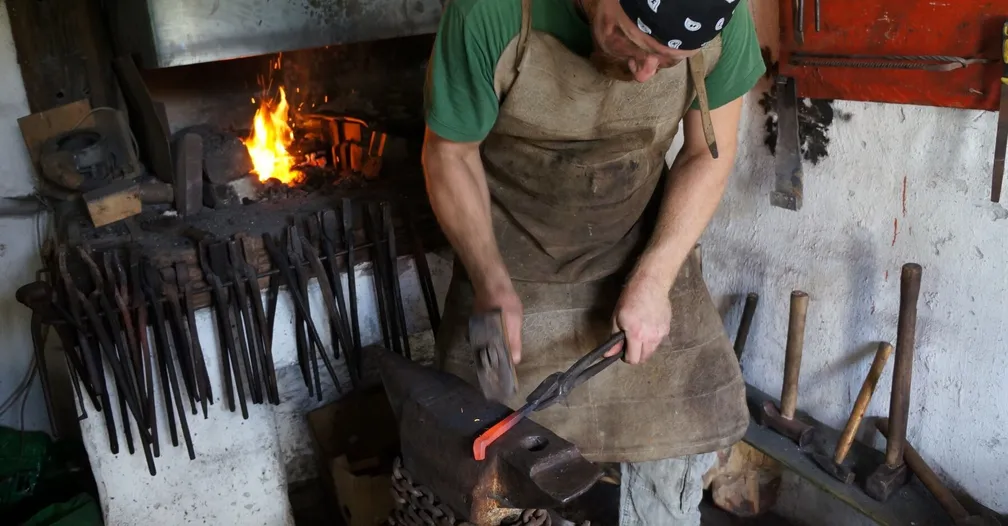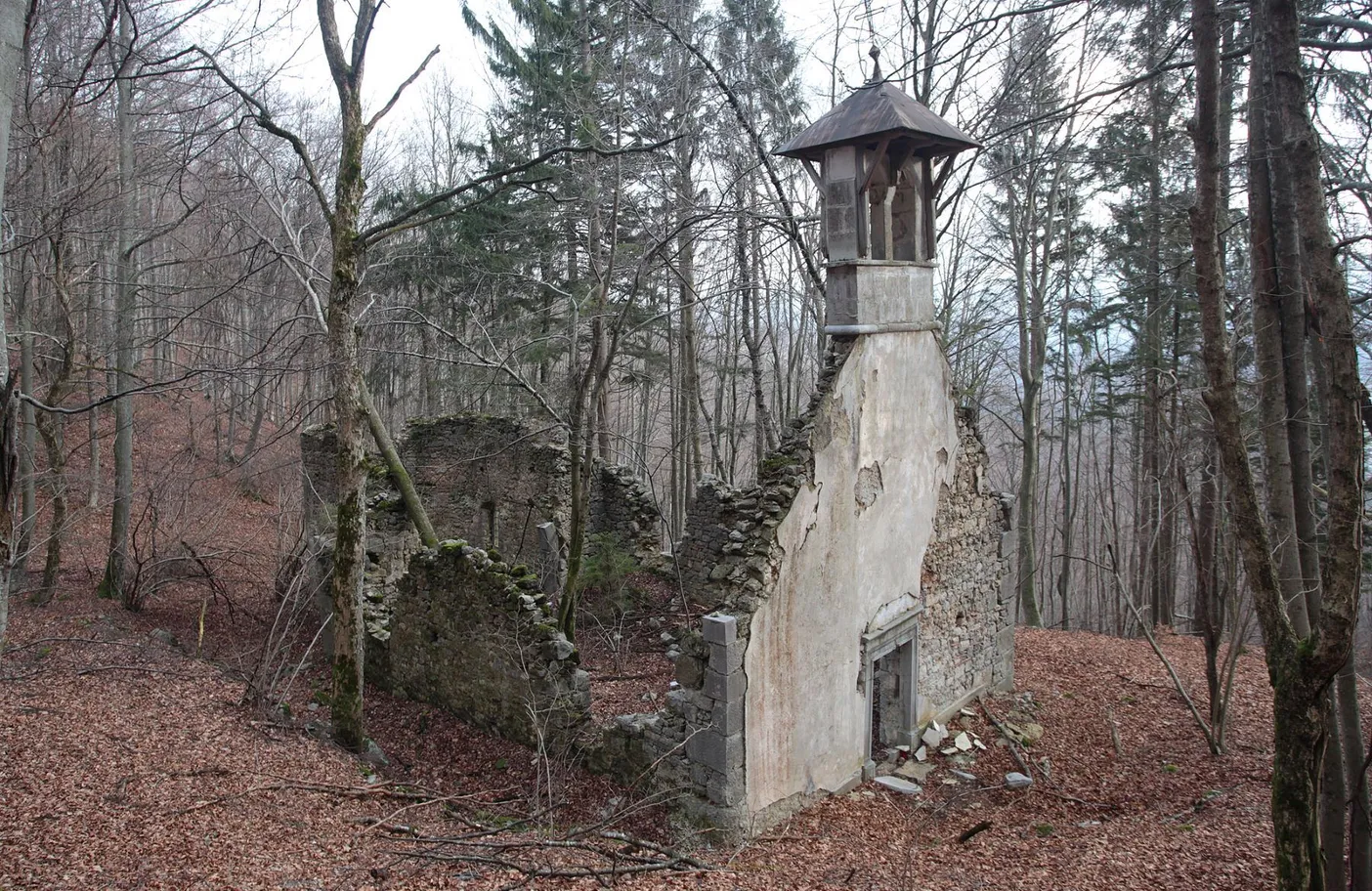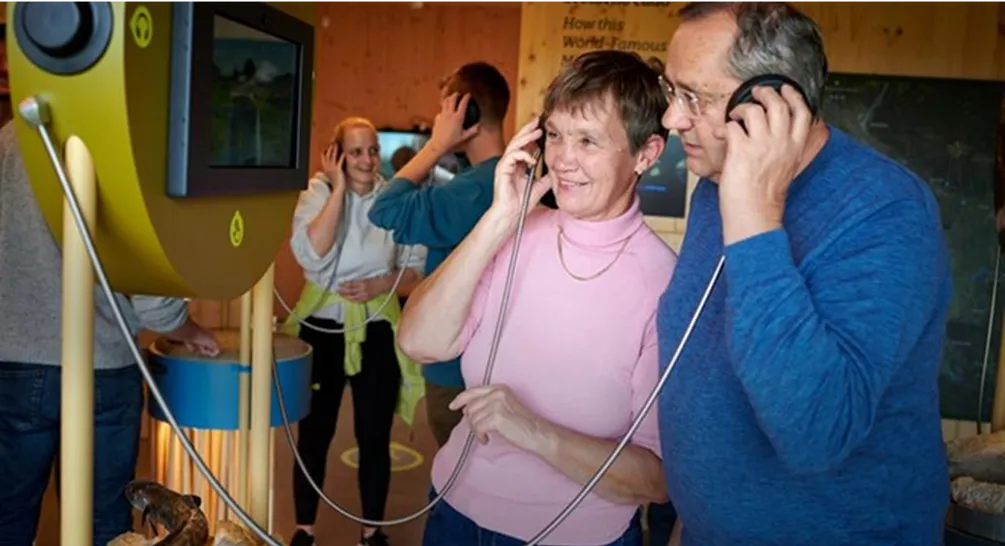
A lot has been written about our lake, its role, and settlement by long-forgotten inhabitants who lived with, and survived, the lake's moody draining and ever-changing character.
The first topographic data on prehistoric settlements in the Notranjska region and the vicinity of Lake Cerknica date as early as the 17th century. Prehistoric settlements, also called gradišče, were built atop hills or smaller rising grounds. They were fortified with one or more stone- or earth barrows. These can still be seen today as higher rock deposits that surround some of the hilltops in the region.
Regarding the fact that Cerknica with its surroundings was inhabited already in prehistoric times, archaeological sites testify; the oldest known settlement to date, according to research and statements by archaeologist Valentin Schein, covers the area of Gorica on Lake Cerknica dating between 30,000 and 10,000 years BCE; flint tools reveal Paleolithic and Mesolithic settlement.
Prehistoric settlements located near Cerknica are: Cvinger, Tržišče, Gradišče on Slivnica and Kamna Gorica, where remnants of pottery are dated to the 9th century BCE. Prehistoric pottery was also discovered at Tabor, where they explored a medieval cemetery between the Tabor ramparts and the church.
Cerknica was connected to the Roman road Aquileia (Oglej) – Emona (Ljubljana): to the north via Bezuljak, Pokojišče to Vrhnika and further towards Ljubljana, and toward the sea via Unec, Ravbarkomanda, Planina. The routes also led toward Loška Dolina and Bloška Planota and further toward Dolenjska region.
Between 1974 and 1979, when archaeological excavations at Sinja Gorica in Cerknica were led by Mehtilda Urleb, they uncovered a Roman necropolis with 42 cremation graves dating from the 1st–2nd centuries AD, in which they found Roman pottery, glass vessels (flasks, beakers, cups, balsamaria), oil lamps, vessels from finer clay, coins, silver jewelry: bracelets, chains and rings.
In 2012, during the construction of the kindergarten, an extensive ancient graveyard was discovered with more than 100 cremation graves dating to the 1st century AD, carved into a rocky foundation. Along with weapons, pottery and jewelry, they also found iron needles, a rod and shears for shearing sheep.



